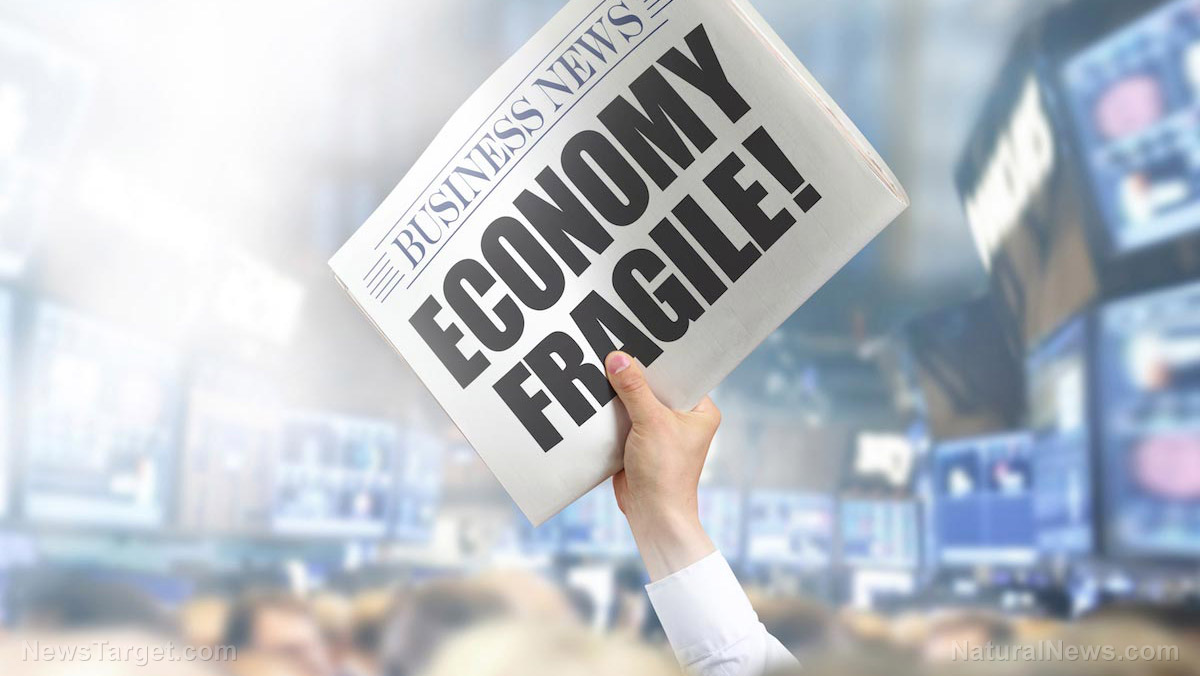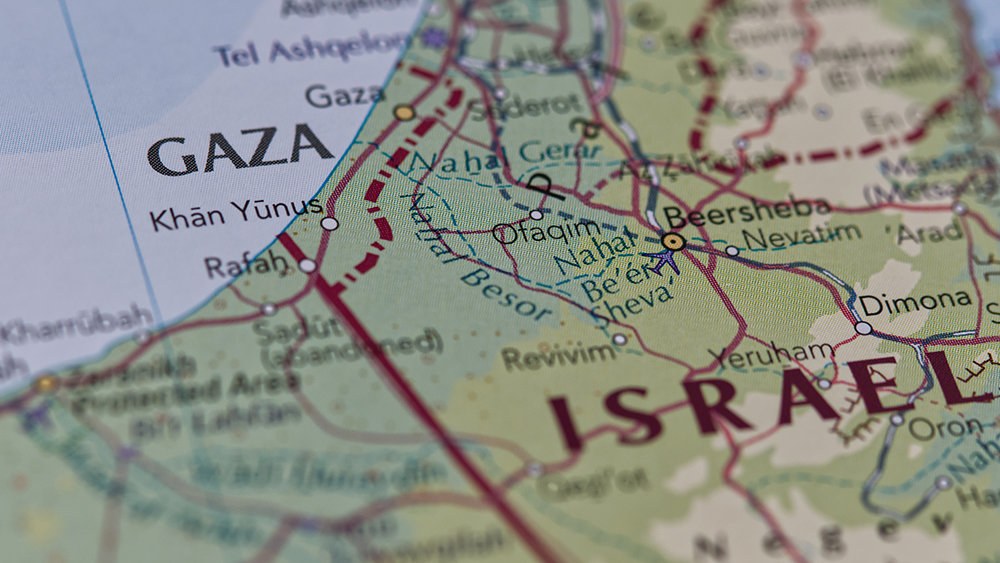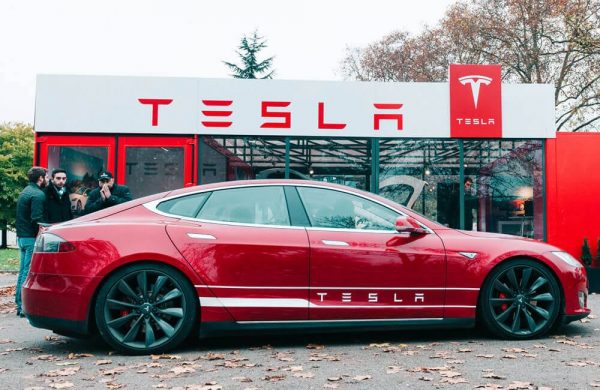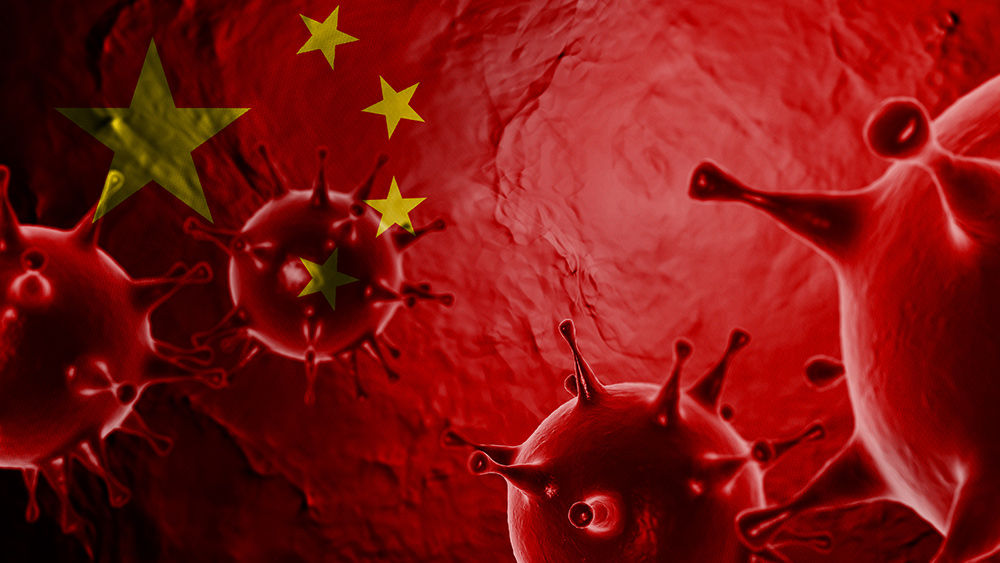 Parler
Parler Gab
Gab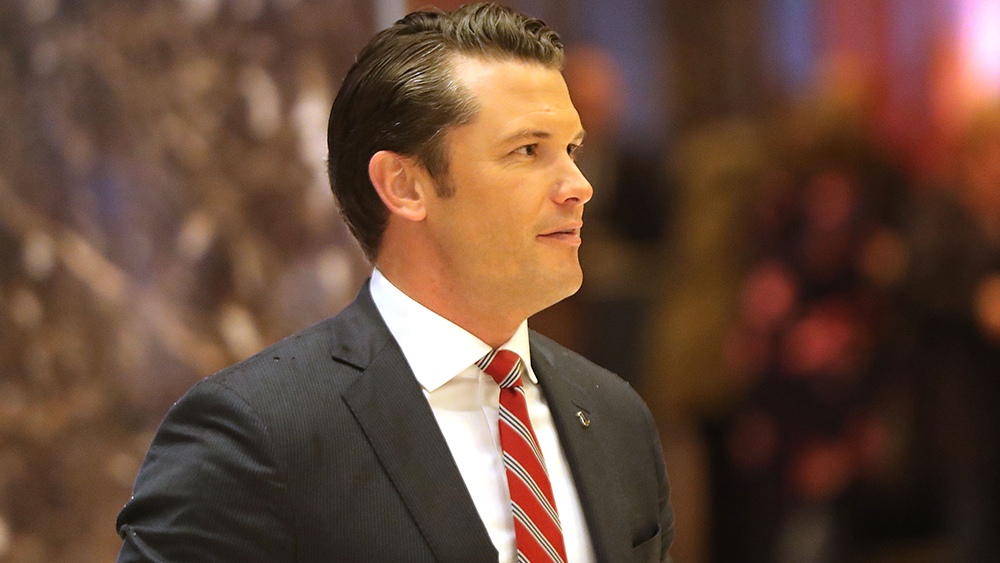
- The Trump administration is countering China’s growing influence over the Panama Canal to protect U.S. trade and military interests.
- Defense Secretary Hegseth announced expanded U.S.-Panama military and economic deals to challenge China’s strategic foothold.
- The canal is critical for U.S. shipping, with 75% of traffic linked to American ports, making it a geopolitical priority.
- New agreements ensure U.S. military priority passage and reopen Fort Sherman as a joint base to deter Chinese influence.
- The move is part of Trump’s broader strategy to push back against China’s expansion in Latin America.
Strategic importance of the canal
The Panama Canal serves as one of the world’s most vital maritime corridors, with roughly 75% of its shipping traffic involving vessels heading to or from U.S. ports. Any disruption could severely impact American supply chains, energy imports, and military logistics. Recognizing this, the Trump administration has prioritized blocking Chinese attempts to establish a strategic foothold in Panama, where Beijing has heavily invested in port operations and infrastructure projects in recent years. “Chinese influence cannot control our own backyard, especially a critical waterway — key terrain — like the Panama Canal,” Hegseth emphasized. “If we can’t use that waterway in a key contingency, China has an advantage.”New agreements to secure U.S. interests
To counter Beijing’s encroachment, the U.S. recently signed two major agreements with Panamanian officials. The first ensures American military and auxiliary ships receive free and prioritized passage through the canal, while the second — a memorandum of understanding — lays the groundwork for expanded U.S.-Panama defense cooperation. This includes reopening Fort Sherman, a former U.S. military base, as a joint training site to deter Chinese influence. “Fort Sherman will reopen jointly with the Panamanians and is going to have a larger U.S. presence at the invitation of Panama, working with them to keep the communist Chinese out,” Hegseth confirmed. The U.S. has already deployed two guided-missile cruisers, a Coast Guard cutter, four F-18 fighter jets, and over 1,000 troops to the region, signaling a firm commitment to regional security.A broader push against Chinese expansion
The administration’s actions align with President Trump’s broader campaign to confront China’s global ambitions, particularly in Latin America, where Beijing has expanded its economic and political reach. Some analysts argue that previous U.S. administrations neglected the strategic threat posed by Chinese investments in critical infrastructure. “We’ve been asleep at the wheel,” Hegseth acknowledged. “President Trump has said we need to be serious about our own backyard.” Panama’s government, led by President Enrique Molina, has welcomed the U.S. partnership. Hegseth praised Molina as a “pro-Trump, pro-America” leader willing to stand up to Chinese pressure. Still, skeptics question whether ownership of the canal would solve the issue of Chinese influence, especially since the U.S. already maintains a military presence nearby and controls significant shipping operations. The Trump administration’s latest moves underscore a clear-eyed approach to countering China’s ambitions in the Americas, ensuring that a critical waterway remains under stable, U.S.-aligned control. While critics debate whether reclaiming ownership of the canal is necessary, officials argue that reinforcing partnerships and military readiness is crucial to preventing China from gaining an upper hand. As Hegseth put it, “President Trump says not on our watch, and we are fighting back.” Whether these measures will fully neutralize Beijing’s influence remains to be seen, but it is clear that the Panama Canal is no longer just a trade route; it’s a geopolitical battleground where America is drawing the line. Sources for this article include: YourNews.com Defense.gov GlobalTradeMag.comDOJ abandons plans to decentralize tax enforcement amid federal overhaul backlash
By Willow Tohi // Share
Hamas offers long-term truce with Israel, potential to cede Gaza control
By Cassie B. // Share
Russia and Ukraine accuse each other of VIOLATING Easter ceasefire
By Ramon Tomey // Share
Tesla suspends shipment of critical components from China due to escalating tariffs
By Laura Harris // Share
White House admits to Wuhan lab leak as Fauci’s credibility crumbles in historic scandal
By Lance D Johnson // Share
Governments continue to obscure COVID-19 vaccine data amid rising concerns over excess deaths
By patricklewis // Share
Tech giant Microsoft backs EXTINCTION with its support of carbon capture programs
By ramontomeydw // Share
Germany to resume arms exports to Israel despite repeated ceasefire violations
By isabelle // Share

